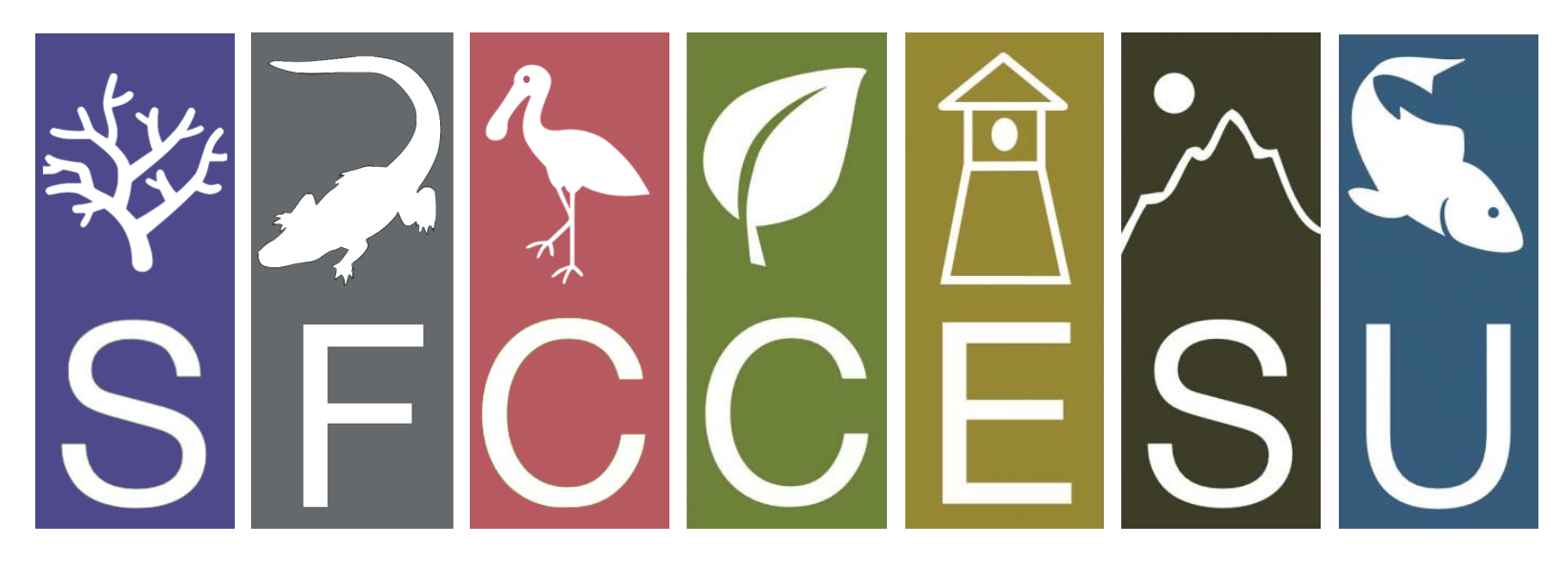General Information
*Issue Date: 01 January 2020
*Application Date: 30 April 2020
*Funding Opportunity No: W81EWF-20-SOI-0012
Federal Awarding Agency: U.S. Army Corps of Engineers, Engineer Research and Development Center 3909 Halls Ferry Road Vicksburg, MS 39180-6199
CFDA No: 12.630
Statutory Authority: 10 USC 2358
Issue Date: 1 January 2020
Statement of Interest/Qualifications Due Date: 30 April 2020
Central Full Application Package Due Date, if Invited: 31 May 2020
Estimated Total Program Funding (optional): $215,000 dollars initially and up to $450,000 per year for potentially 4 following years for a total of $2,015,000.
Expected Number of Awards: 1 award.
Opportunity Description
Background: Florida has more nonnative reptiles and amphibians than anywhere else in the world with 180 introduced species and more than 60 that are established (i.e., actively reproducing) (Krysko et al. 2016). South Florida is particularly predisposed to non-native invasions as a result of its subtropical climate, peninsular geography, thriving exotic pet trade, and sporadic destructive hurricanes that increase risk of escapes. Burmese pythons (Python bivittatus) and tegu lizards (Salvator spp.) are already established in many CERP project areas and spectacled caiman (Caiman crocodilus) have been found in isolated canals in Biscayne Bay project area. Impacts from these species are preventing the Corps from efficiently reaching the restoration goals of CERP.
Currently the Corps has no consistent or systematic way to collect, visualize or analyze invasive reptile data, and methods to intercept, monitor and control them have not kept pace with increasing risk. Green iguana (Iguana iguana) and red agama (Agama agama) control has begun on certain Corps managed lands, but no efforts to control some of the most threatening invaders have been undertaken as of yet, nor is there a strategy in place for the Corps to react quickly to new species of invaders before they become established. Preventing introduction and establishment of invasive species is the first line of defense against new invasions and is a must for ensuring survival of native species in Florida. Early detection and rapid response (EDRR) efforts increase the likelihood that invasions will be successfully contained or eradicated while populations are still localized (ECISMA 2009).
Responses to this request for statements of interest will be used to identify potential investigators for a project to be funded by the U.S. Army Corps of Engineers (USACE) to implement an EDRR, removal and monitoring program for invasive wildlife and their impacts within USACE-authorized areas of the Comprehensive Everglades Restoration Plan (CERP) to include the Central Everglades Planning Project (CEPP). Successful applicants should have extensive knowledge of Southern Florida ecosystems, reptile trapping methods, safe handling procedures for large reptiles, and maintain all relevant permits to do so. Candidates should have prior experience with invasive species management concepts, to include: early detection, monitoring and alert systems. The candidates will be required to monitor, track, and control the spread of invasive reptiles across applicable CERP lands. The candidates will need to coordinate closely with USACE staff and provide biannual progress updates.
Brief Description of Anticipated Work: Implement an EDRR, monitoring and control program for invasive wildlife and their impacts on CERP project lands. Targeted species include (but are not limited to) Burmese pythons, green iguanas, tegu lizards and spectacled caimans. The ability to target new species in EDRR efforts is also a major priority.
Objectives:
Objective 1: Develop and implement a consistent method to monitor existing status and spread of invasive species populations, while identifying occurrence of new species.
Objective 2: Provide EDRR efforts, enhance control and monitoring capabilities to better detect new invasions, with a focus on invasive reptiles and amphibians in associated lands.
Objective 3: Document and analyze biometric data for removed specimens, and provide data management for removal and monitoring efforts.
Objective 4: Provide reports and input for CERP’s REstoration COordination & VERification (RECOVER) documents, including the system status report, Everglades report card and associated performance metrics.
Objective 5: Compile results in an adaptive framework to increase removal of invasive species and their impacts on native wildlife.
Award Information
Responses to this Request for Statements of Interest will be used to identify potential investigators for studies to be sponsored by the Jacksonville District to carry out objectives 1-5 in Section I. The estimated level of funding for FY20 is approximately $215,000. Additional funds of $450,000/year for 4 additional years may be available, providing the potential funding of $2,015,000.00 over 5 years to the successful recipient/awardee. Depending on findings in the early years of this effort, funding needs may increase above the anticipated $300,000 /year in subsequent years of this project; however, total funding will not exceed $2,015,000 over the life of this cooperative agreement.
Government Involvement: USACE personnel will be extensively involved in the design and planning of the proposed
project. They will be involved in fieldwork as the opportunity presents itself. USACE
staff also will be involved in analysis of data, and the preparation of reports, publications,
and presentations.
Eligibility Information
1. This opportunity is restricted to non-federal partners of the South Florida and Caribbean Cooperative Ecosystems Studies Unit (CESU).
2. Cost Sharing – This action will be 100% funded by USACE
Application Process
See attachment for application information and further details.
